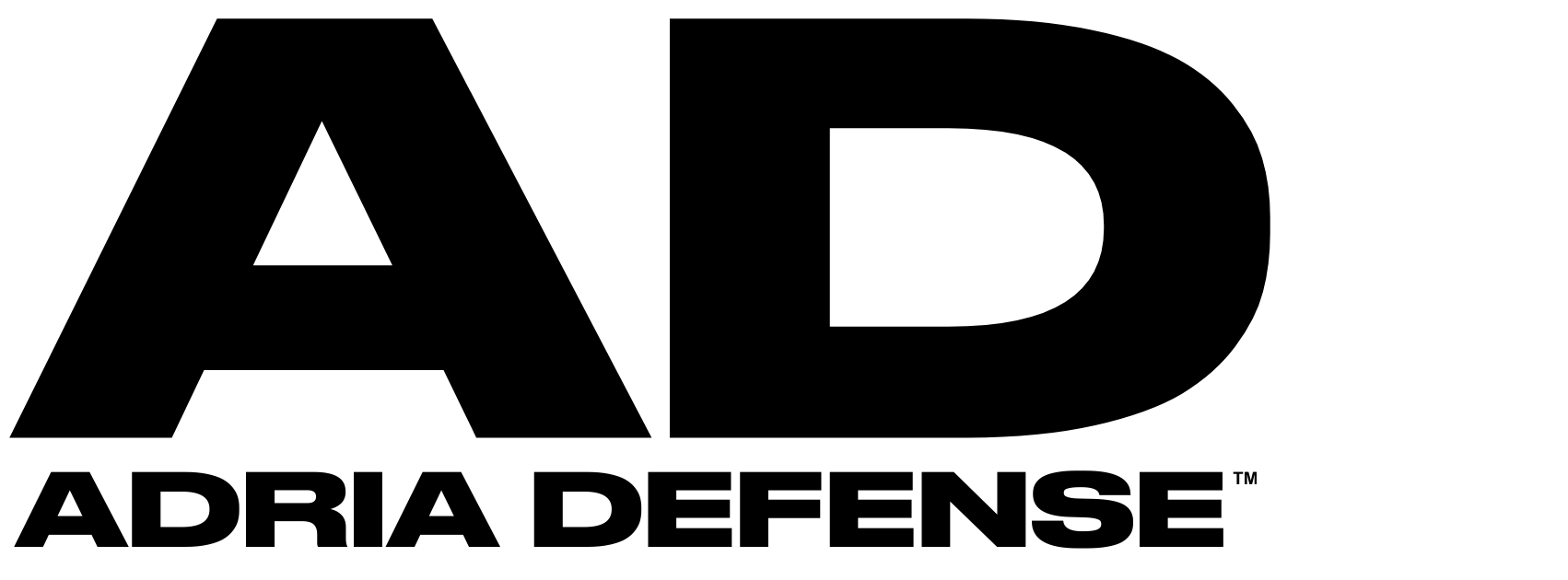Romania Considers Joint Drone Production with Ukraine Under EU SAFE Program
Facing repeated Russian drone incursions, Bucharest looks to Kyiv’s battle-tested UAV technology through the EU’s €150 billion defence loan scheme.

BUCHAREST – Romania is exploring a partnership with Ukraine to jointly produce drones under the European Union’s Security Action for Europe (SAFE) initiative — a loan-based program designed to strengthen European defence capabilities, Reuters reported on Sept. 26.
The move comes amid rising security concerns along NATO’s eastern flank, as Russian drones have repeatedly violated Romanian airspace. Bucharest, which shares a 650-kilometer (400-mile) border with Ukraine, has documented over 20 incidents involving drone incursions or debris falling on its territory since the start of the war.
A Romanian defence official told Reuters that the country urgently needs more air defense systems, but the costs are prohibitively high.
“We need more air defences — and nobody has them. The anti-aircraft costs are enormous and can only realistically be covered at the NATO level,” the source said.
EU SAFE Funding and Romania’s Defence Plans
Under the EU SAFE program — a €150 billion loan facility supporting joint procurement and industrial cooperation — Romania is set to receive €16.6 billion (approx. $19.4 billion).
Prime Minister Ilie Bolojan said the funds will allow annual military purchases equivalent to 1% of GDP over the next five years, providing steady investment for modernisation and new production projects.
The planned Romania–Ukraine drone collaboration would leverage Kyiv’s “battle-tested” UAV technology, honed in combat, and integrate it into European production chains.
Ukraine has rapidly scaled up domestic drone manufacturing. On Sept. 18, Prime Minister Denys Shmyhal announced that Kyiv will soon be able to deploy 1,000 interceptor drones per day to defend against Russian strikes.
Existing Romanian Capabilities
Romania’s current air defence network includes:
- F-16 fighter jets (U.S.-made)
- Patriot systems from Raytheon
- HIMARS launchers by Lockheed Martin
- Chiron short-range missiles (South Korea)
- Gepard anti-aircraft guns (Germany)
While Gepard and Chiron systems are relatively cost-effective for drone defence, officials say deploying them across the entire border remains financially challenging.
Rising Tensions on NATO’s Eastern Flank
Romania’s initiative follows a series of airspace violations across Eastern Europe:
- Estonia accused Russia of sending three fighter jets into its airspace.
- Denmark temporarily closed airports over suspected drone sightings.
- NATO aircraft reportedly shot down Russian drones over Poland.
These incidents highlight growing concerns about hybrid warfare and the pressure on European air defences, prompting several NATO members to increase spending and expand cooperation through EU-led mechanisms like SAFE.
Looking Ahead
Romania’s potential drone venture with Ukraine would mark a significant step toward regional defence integration, combining EU financing, Ukrainian expertise, and Romanian infrastructure.
If approved, the project could become a model for cross-border cooperation in Europe’s emerging defence industrial ecosystem — one that aims to strengthen collective resilience and reduce dependence on non-European suppliers.
📎 Sources: Reuters, European Commission – Defence Industry, NATO





